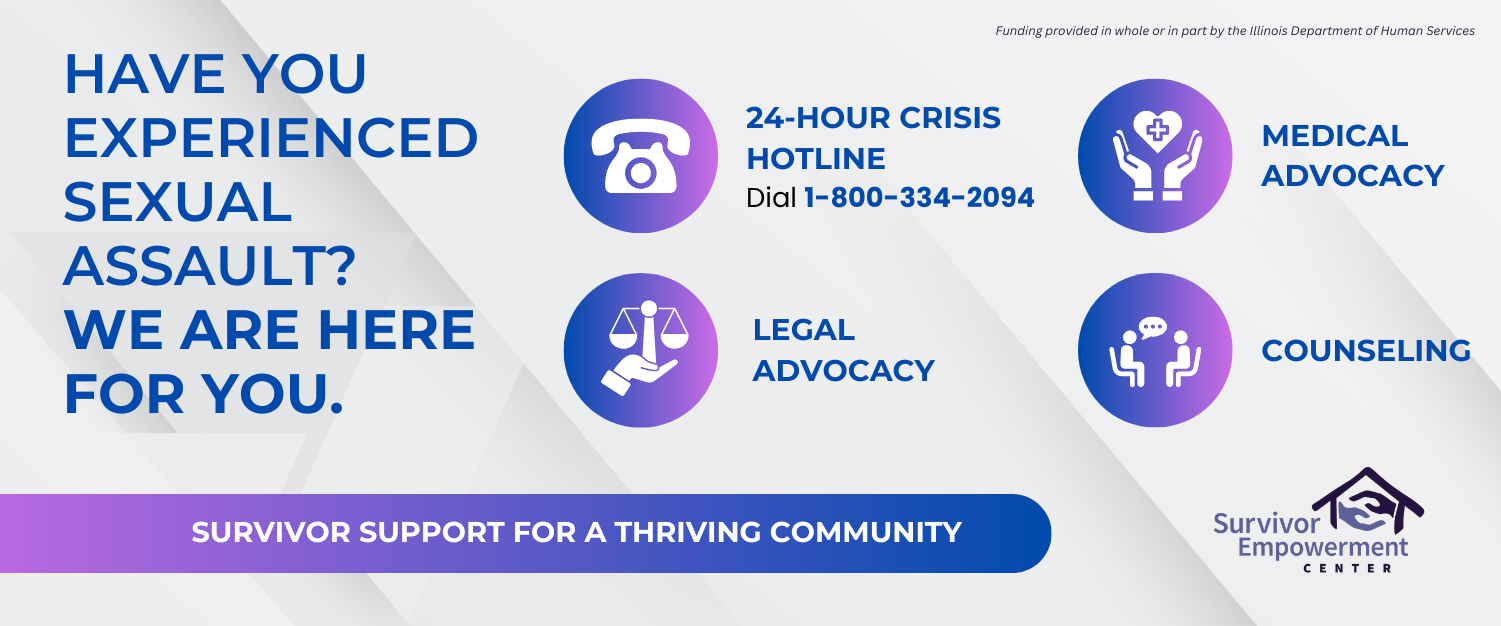Public service employees eligible for loan forgiveness
September 10, 2013
More than 33 million U.S. employees are eligible to have their federal student loans forgiven, according to a report by the Consumer Financial Protection Bureau.
Last week the bureau launched a toolkit on their website for public service employers to help guide employees toward ways of paying for student loans and making them eligible to have their debt pardoned in the future.
Advertisement
The plan, called the Student Loan Forgiveness Program, is open to public service employees taking low-income jobs that help their communities, and are still burdened by high-interest loans. The program is an extension of the bill signed by former President George W. Bush in 2007 and is meant to ease the national student debt, which exceeds $1 trillion.
“Our young people should not be mired in debt because they stir themselves to the call of public service,” Consumer Financial Protection Bureau Director Richard Cordray said in a press release last month. “They deserve to know all of their options.”
According to Cheryl Blessed, a representative at the federal student aid office, those eligible must be working full time at a qualifying public service organization. The borrower must make 120 on-time monthly payments for ten years; if all payments are made, then the government will cancel any further payments eliminating the debt for the person.
Those working in emergency management, military service, public safety, law enforcement, public health services, public education, public libraries, school libraries, public-interest law services, early childhood education, or public service benefiting those with disabilities or the elderly are eligible. Blessed said the borrower’s employer cannot be a labor union or partisan-political organization.
Out of the 33 million beneficiaries, or about one-fourth of the U.S. workforce, educators make up the largest population with about 6.8 million members eligible. According to the bureau’s website, more than 425,000 teachers will be needed by the end of the decade to make up for an aging baby-boomer generation.
SIU’s College of Education and Human Services enrollment totaled 2,459 in 2012, according to the university’s fact book. That entails millions of dollars in savings between students of that school, assuming their loans are paid off on time.
The Health and Services Administration speculates that 1 million nurses will be needed by 2020, as well as 161,000 social workers projected by the Bureau of Labor Statistics.
Advertisement*
As part of the expansion to the Student Loan Forgiveness Program, an income-based repayment plan is available, which allows all federal loan borrowers to set their monthly payments at a fixed percentage. It depends on a few variables: income, family size, state of residence, and the loan service.
“You will save the most money if your student loan debt is high, relative to your income—so it pays to get started early in your career when your outstanding debt is the greatest,” according to the toolkit provided to employers by the Consumer Financial Protection Bureau.
Opponents to the Student Loan Forgiveness Program suggest borrowers are pardoned from their debts, essentially a bailout for students, despite deliberately taking out the loans and leaving taxpayers to front the bill. According to the Department of Education, approximately $16.4 billion could be pardoned by 2021, which would partially come at the cost of taxpayers.
In a study by Demos.org, the national student debt has jumped from $240 billion in 2003 to the $1 trillion mark as it stands and is projected to reach $2 trillion by 2025. The same study said the average debt for a student living in a two-income household is $53,000 and often leads to a lifetime wealth loss of $208,000.
“Nearly two-thirds of this loss ($134,000) comes from the lower retirement savings of the indebted household, while more than one-third ($70,000) comes from lower home equity,” the study said. “We can generalize this result to predict that the $1 trillion in outstanding student loan debt will lead to total lifetime wealth loss of $4 trillion for indebted households.”
The first round of loan forgiveness is not supposed to occur until October, 2017.
For more information, visit www.consumerfinance.gov.
Advertisement







